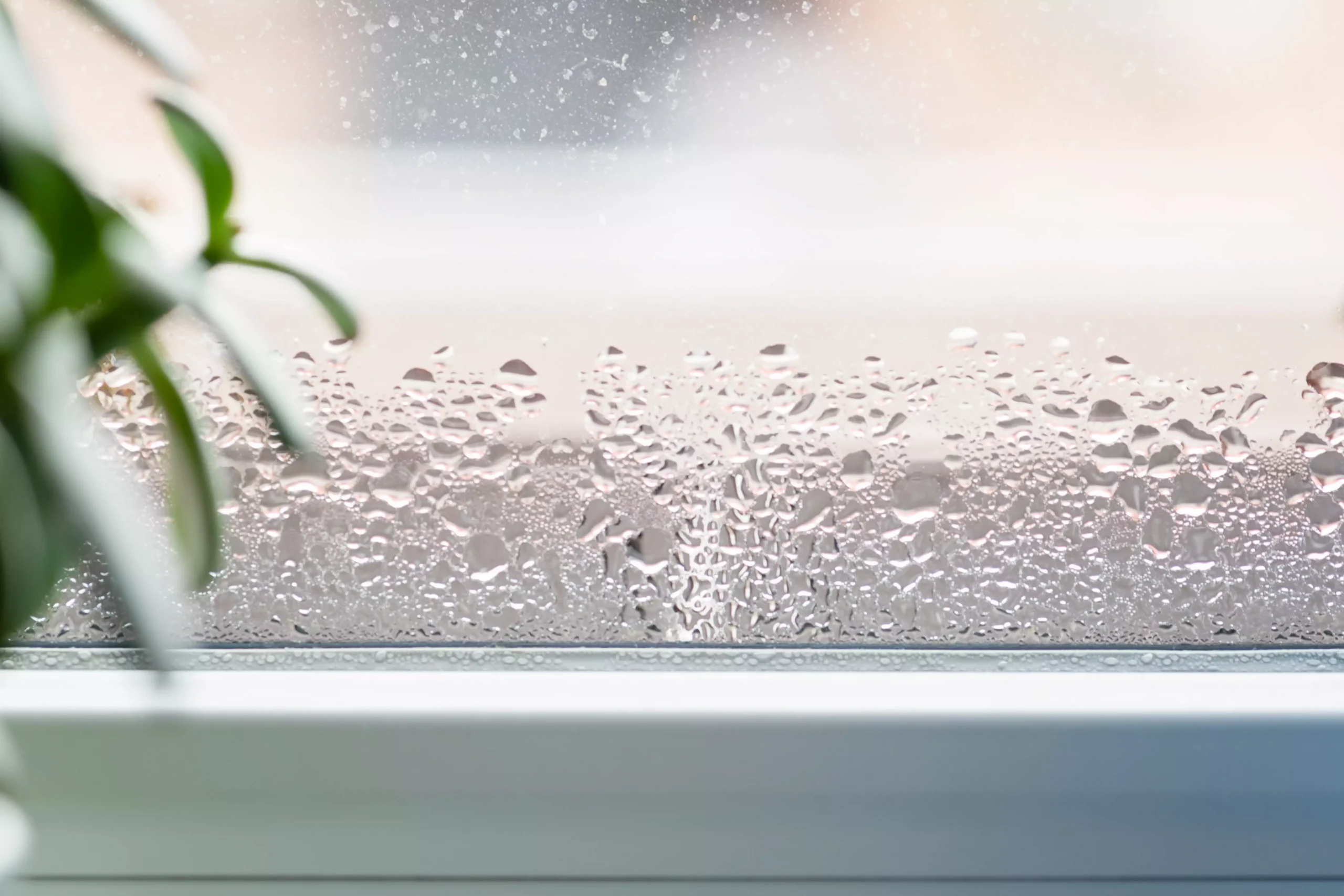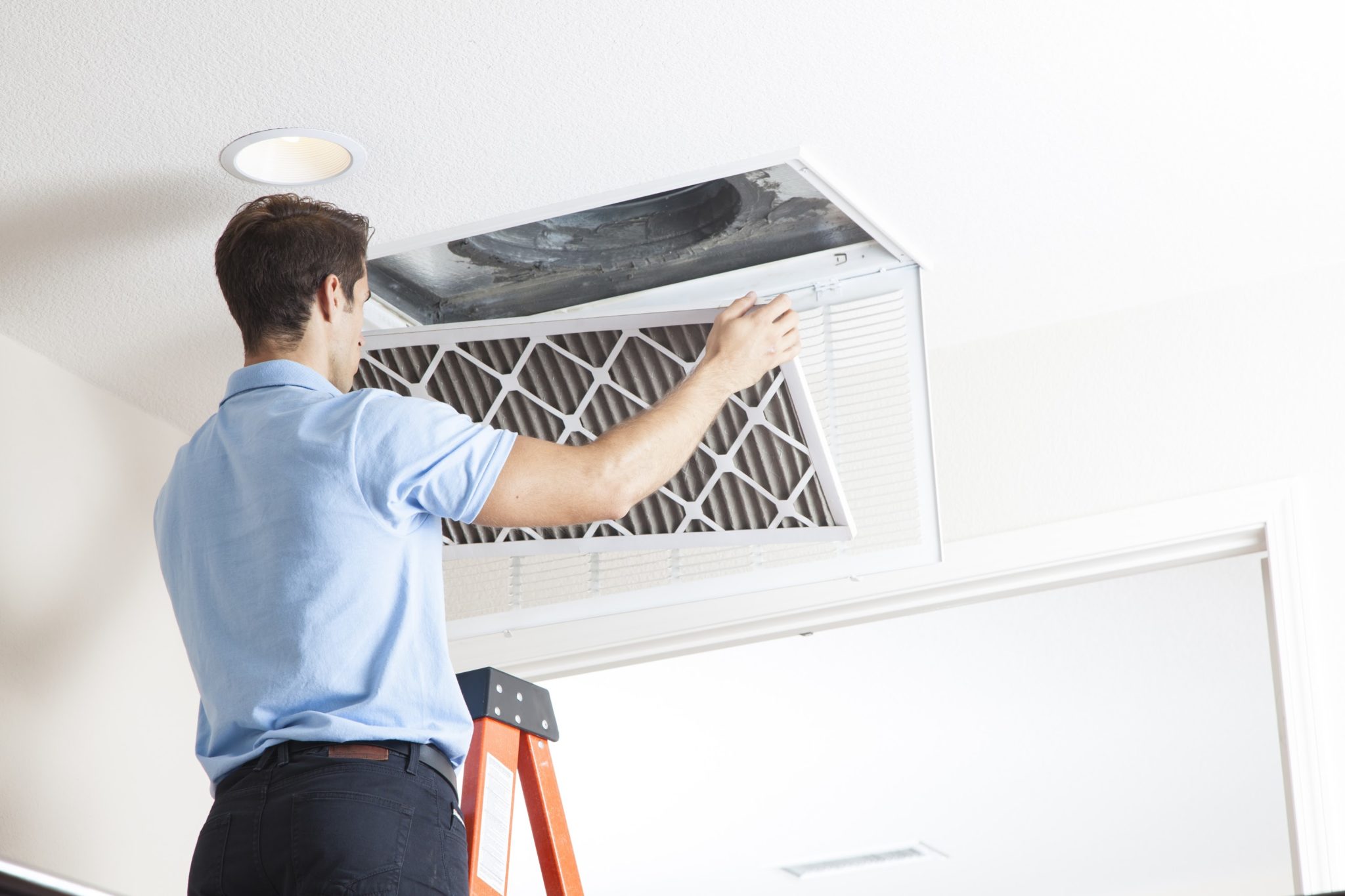Breathe Easier: The Hidden Impact of Humidity in Your Home
Utah is known for its dry climate — but that doesn’t mean your indoor air is automatically balanced. In fact, many homes in our area struggle with low humidity levels during both summer and winter months. While it might seem like a minor issue, poor humidity control can impact more than just your comfort — it affects your health, your energy bills, and even the long-term condition of your home. Understanding how humidity works (and what your HVAC system can do about it) is the first step toward a more comfortable, healthier space.
Dry Air Warning Signs: What Low Humidity Does to Your Home and Health
When your home’s humidity dips below the recommended 30%–50% range, the effects can show up fast:
- Dry skin and irritated sinuses
- Cracked hardwood floors or furniture
- Static electricity that zaps everything
- Disrupted sleep and sore throats
Over time, low humidity can even cause structural problems or put more stress on your heating system, leading to higher energy use and more frequent breakdowns. If your home feels dry, dusty, or uncomfortable — your humidity may be to blame.
How Your HVAC System Helps Control Humidity
Your heating and cooling system plays a vital role in balancing humidity. A properly sized and serviced AC removes excess moisture in summer, while a whole-home humidifier can add moisture during the dry winter months. But if your HVAC system is oversized, neglected, or has leaky ductwork, it may not regulate moisture effectively. That’s where KenCore comes in — we can assess your current setup, recommend upgrades, and help you create a healthier indoor environment year-round.


